More Major League Baseball players who served in the military
Thousands of Major League Baseball players have answered the nation’s call, serving in two world wars, Korea, Vietnam, and peacetime. The following post — which is still under development — is the second post of players who served in the United States Armed Forces. The first can be found here.
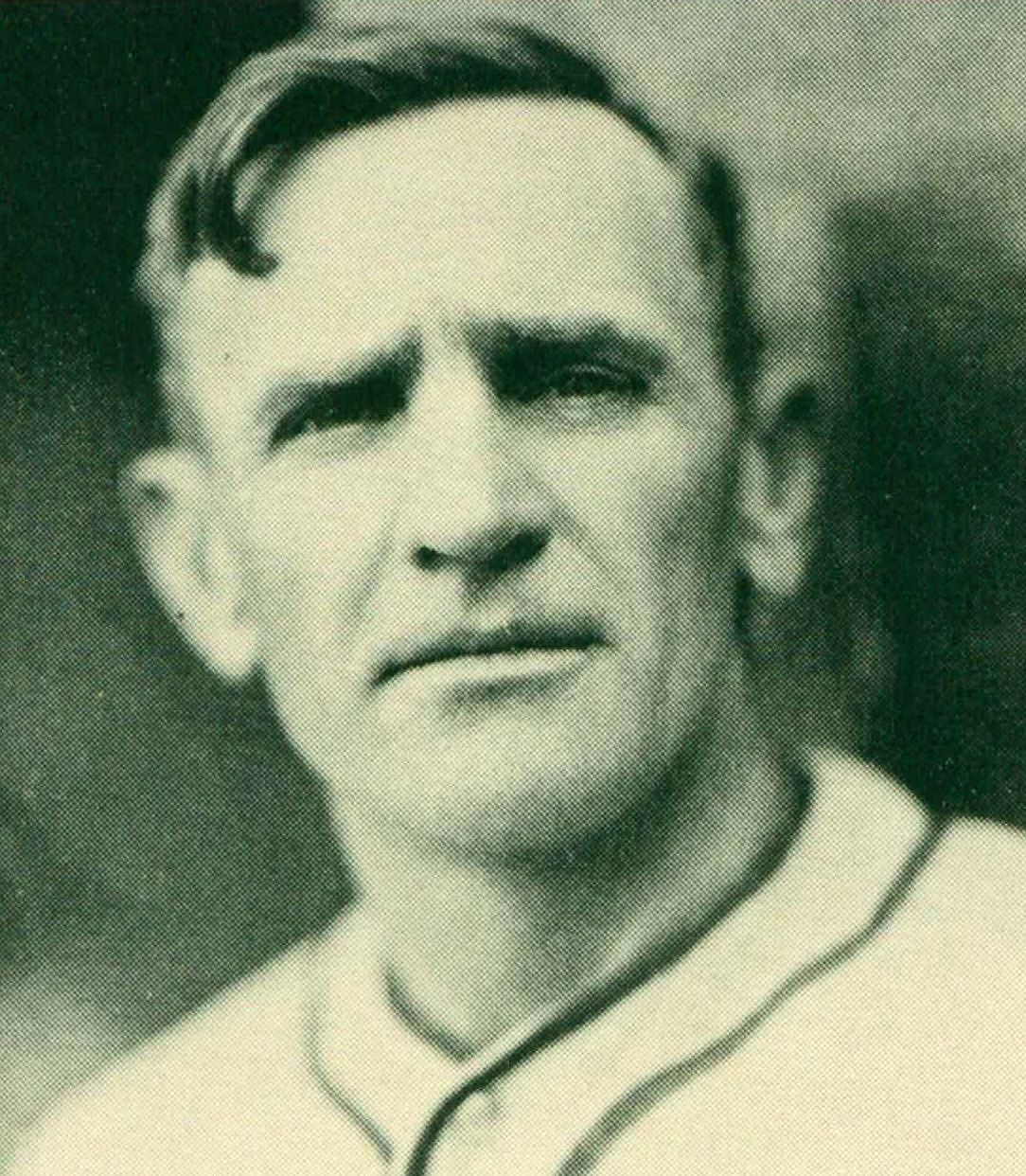
Before leading the New York Yankees to an incredible seven World Series victories in ten years, Casey Stengel served in the U.S. Navy during World War I. “The Old Professor” coached the Brooklyn Navy Yard baseball team and occasionally would paint a ship. He also joked that he guarded New York’s Gowanus Canal and not a single enemy sub got in. 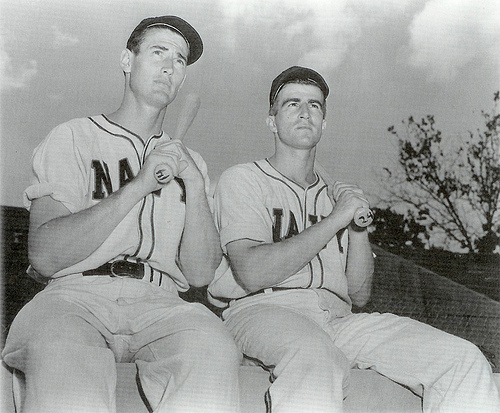
After belting a league-leading 205 hits in his rookie year Johnny Pesky (right) entered aviator training with the Navy’s V-5 cadet program, along with several other baseball players. He finished the war as player-manager for the Navy’s Honolulu squad. 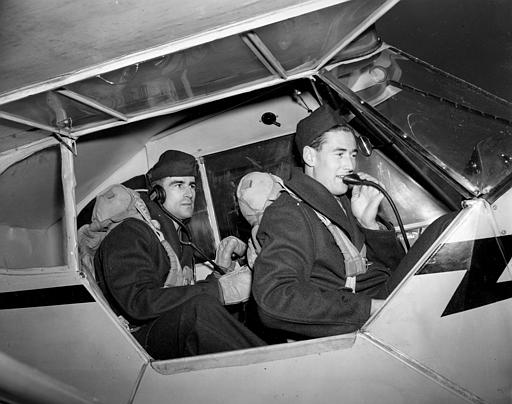
Ted Williams (right) flew F4U Corsairs for the Marines during World War II and F9F Panthers during the Korean War. 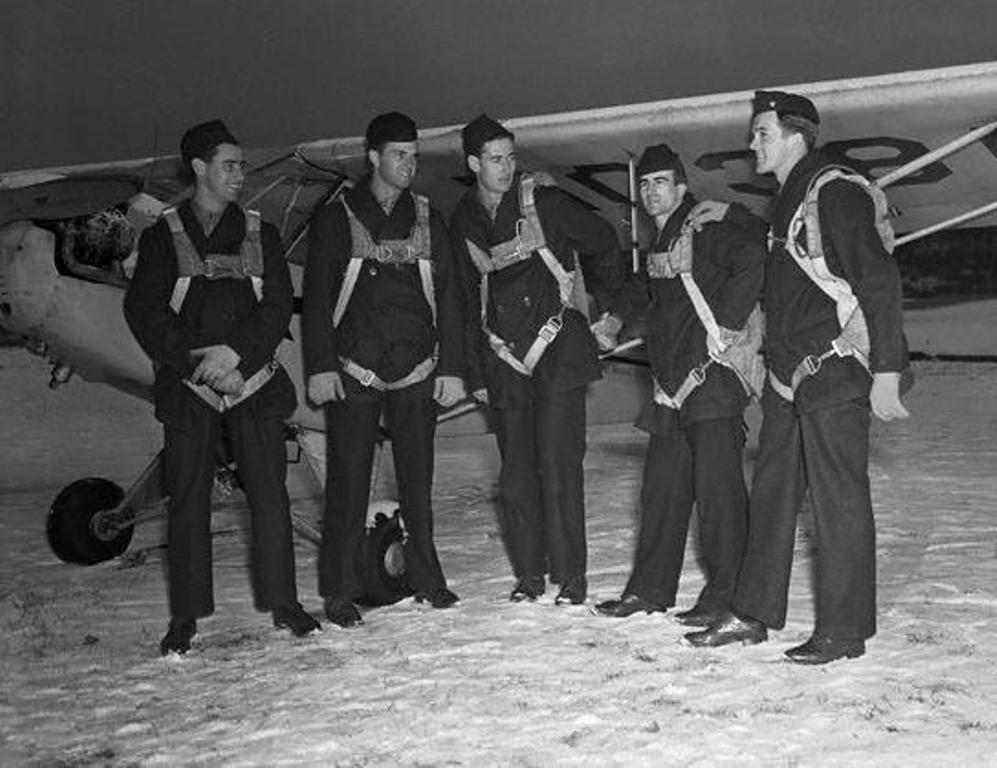
Buddy Gremp (far right)played in 113 games over three seasons for the Boston Bees/Braves before entering the Navy’s V-5 program. His roommate in the minors and at Boston was Johnny Sain (second from left). Sain became an instructor pilot at Corpus Christi and went on to win 20 games four times during his 11-year career. 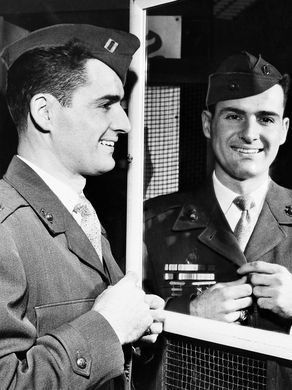
Before he was a four-time World Series champion second baseman for the New York Yankees and the voice of the San Diego Padres, Jerry Coleman was the only Major League baseball player to fight in both World War II and Korea. Between the two wars, Lt. Col. Coleman (USMC) flew 120 combat missions, earning two Distinguished Flying Crosses and 13 Air Medals. 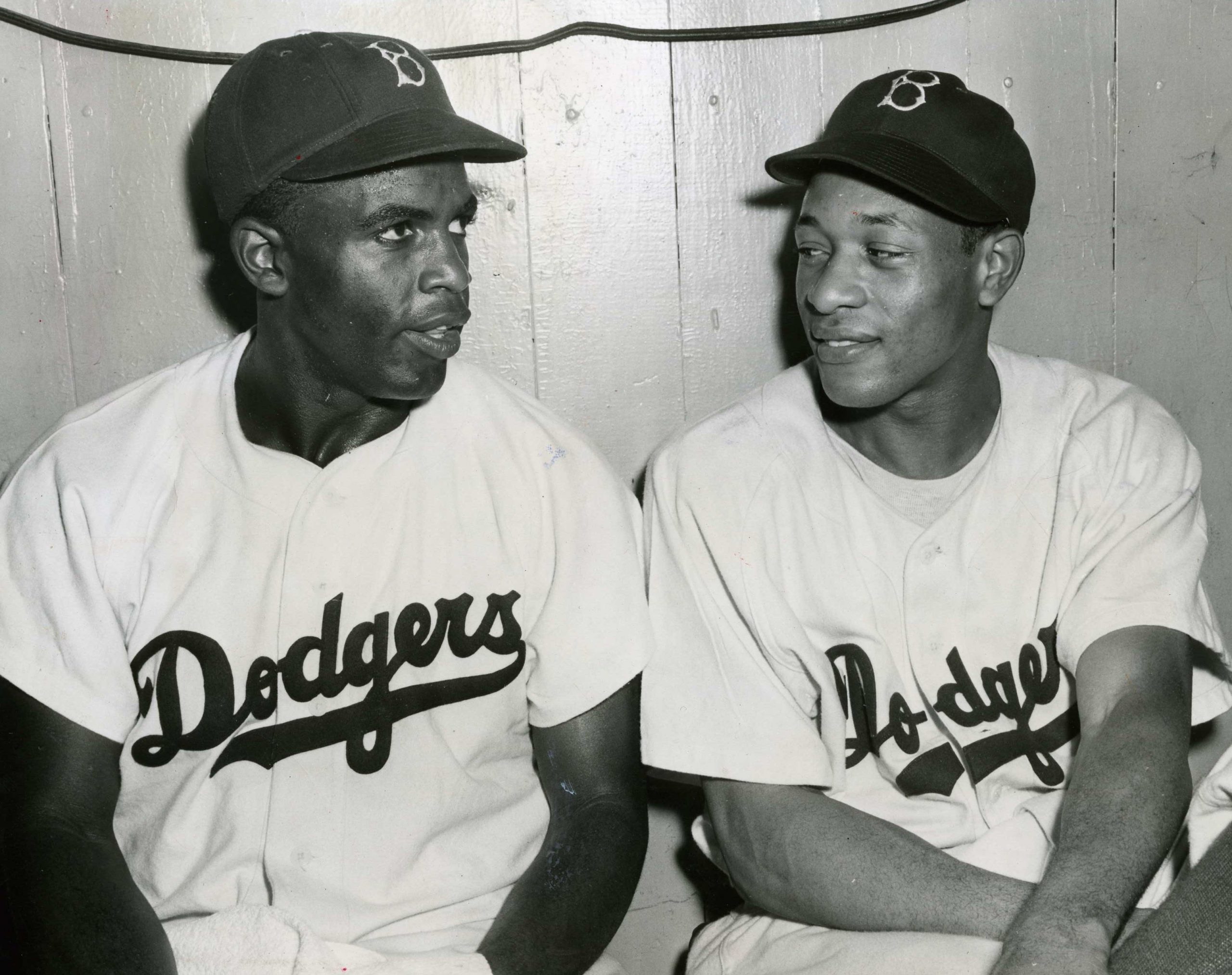
Former Montford Point Marine Dan Bankhead (right, with Jackie Robinson) was leading the Negro Leagues in batting and was among the top pitchers before Branch Rickey signed him to pitch for the Dodgers. Bankhead hit a home run in his first big league at-bat but struggled on the mound and was sent back to the minors. He came back to Brooklyn in 1950 and won nine games as a relief pitcher. 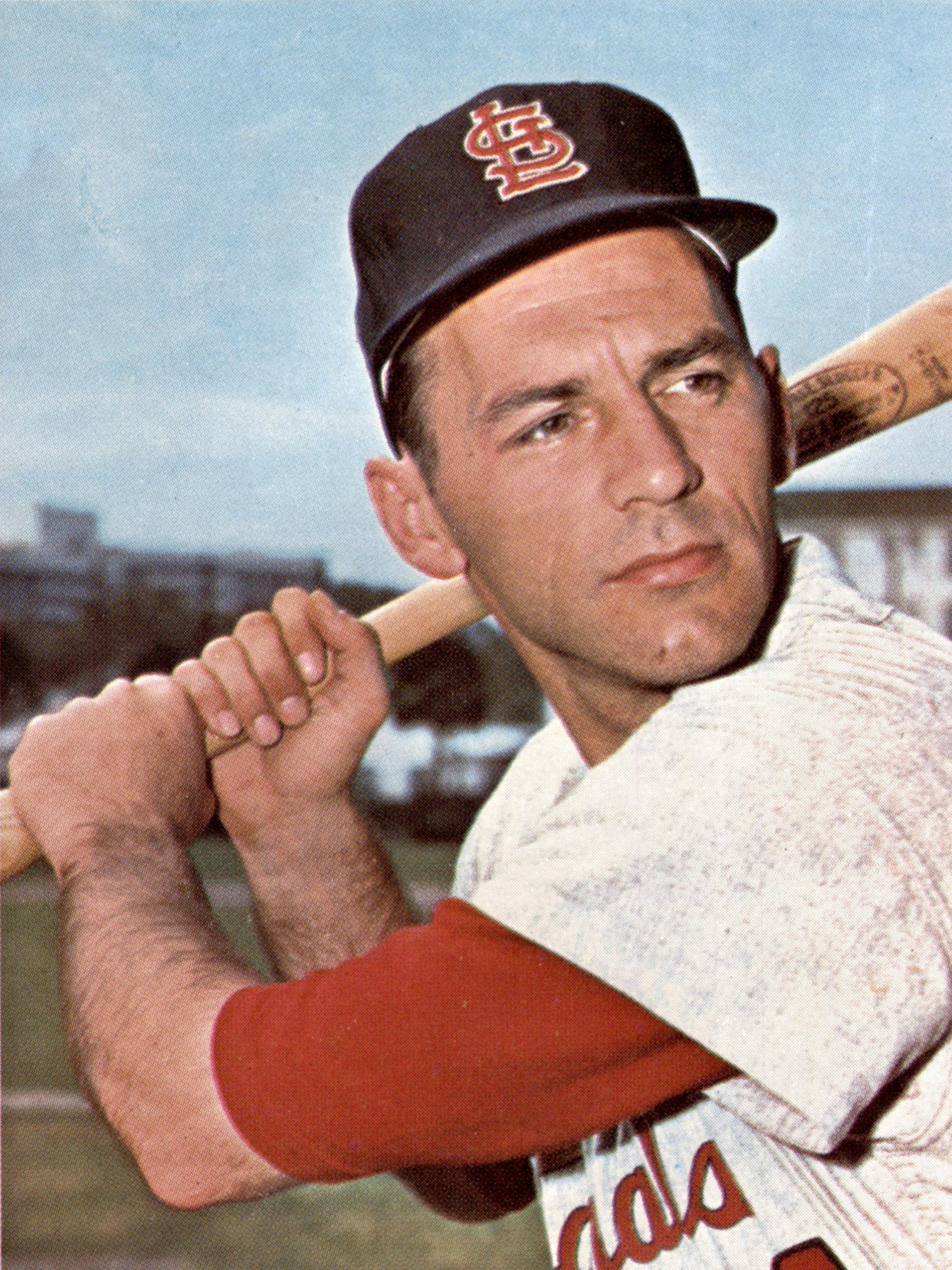
Duke University’s Dick Groat was the nation’s top college basketball player in the 1950-51 season, setting an NCAA record for points. After graduation he joined the Pittsburgh Pirates and came in third for Rookie of the Year voting in 1952. When baseball was over he began playing basketball with the NBA’s Fort Wayne Pistons. Groat enlisted in the Army and led Fort Belvoir’s baseball and basketball teams to service titles. The Pirates made him choose between baseball and basketball so he returned to Pittsburgh after missing two professional seasons, winning two World Series, going to eight All-Star games, and being named the National League MVP in 1960. He is also the first Duke Blue Devil to have his number retired and is named to the College Basketball Hall of Fame. 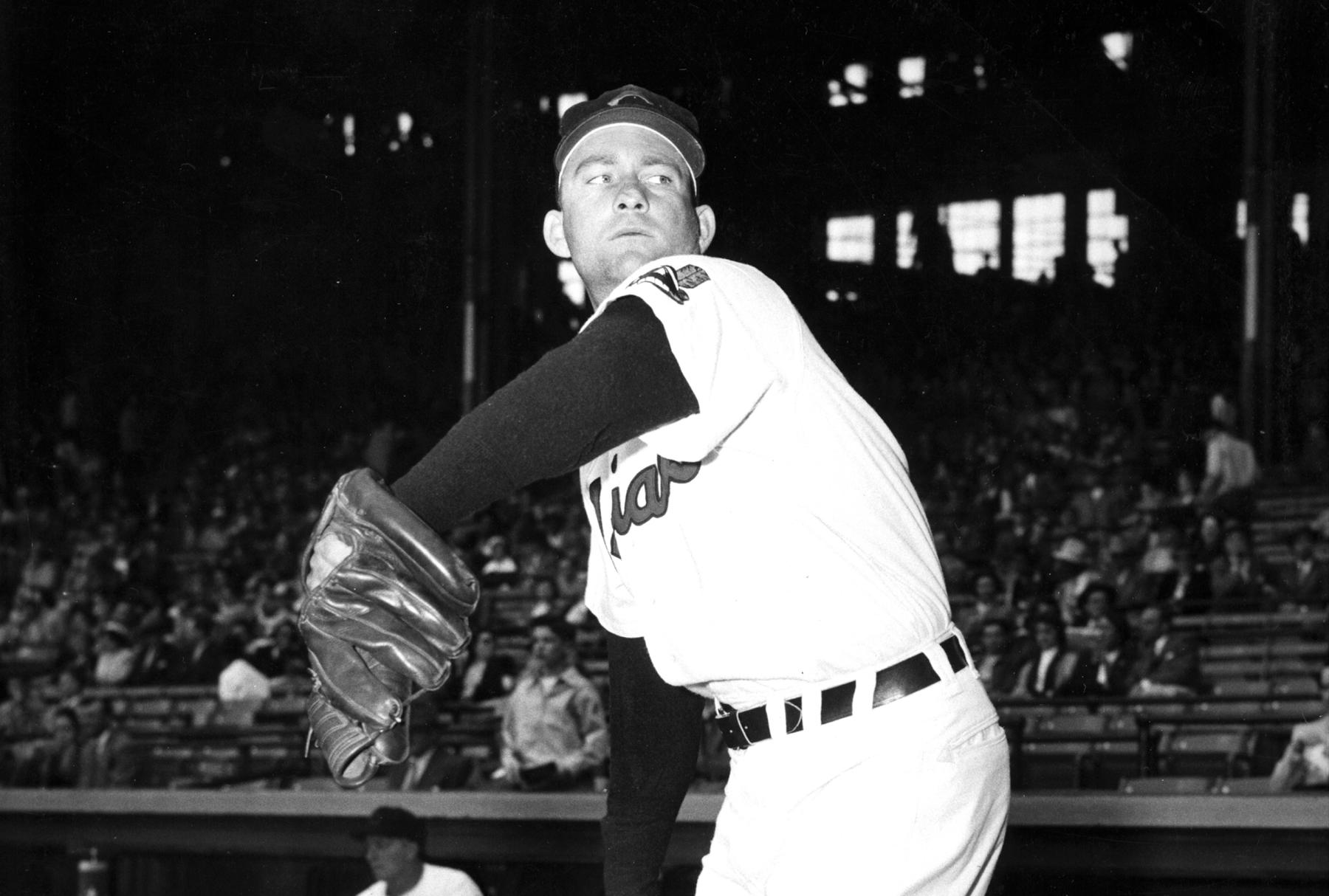
Before joining the Navy during World War II Bob Lemon only played in ten big league games between two seasons. After three years in the Navy, serving in California and Hawaii, he made the switch to pitcher, winning 20 games seven times during his Hall of Fame Career. 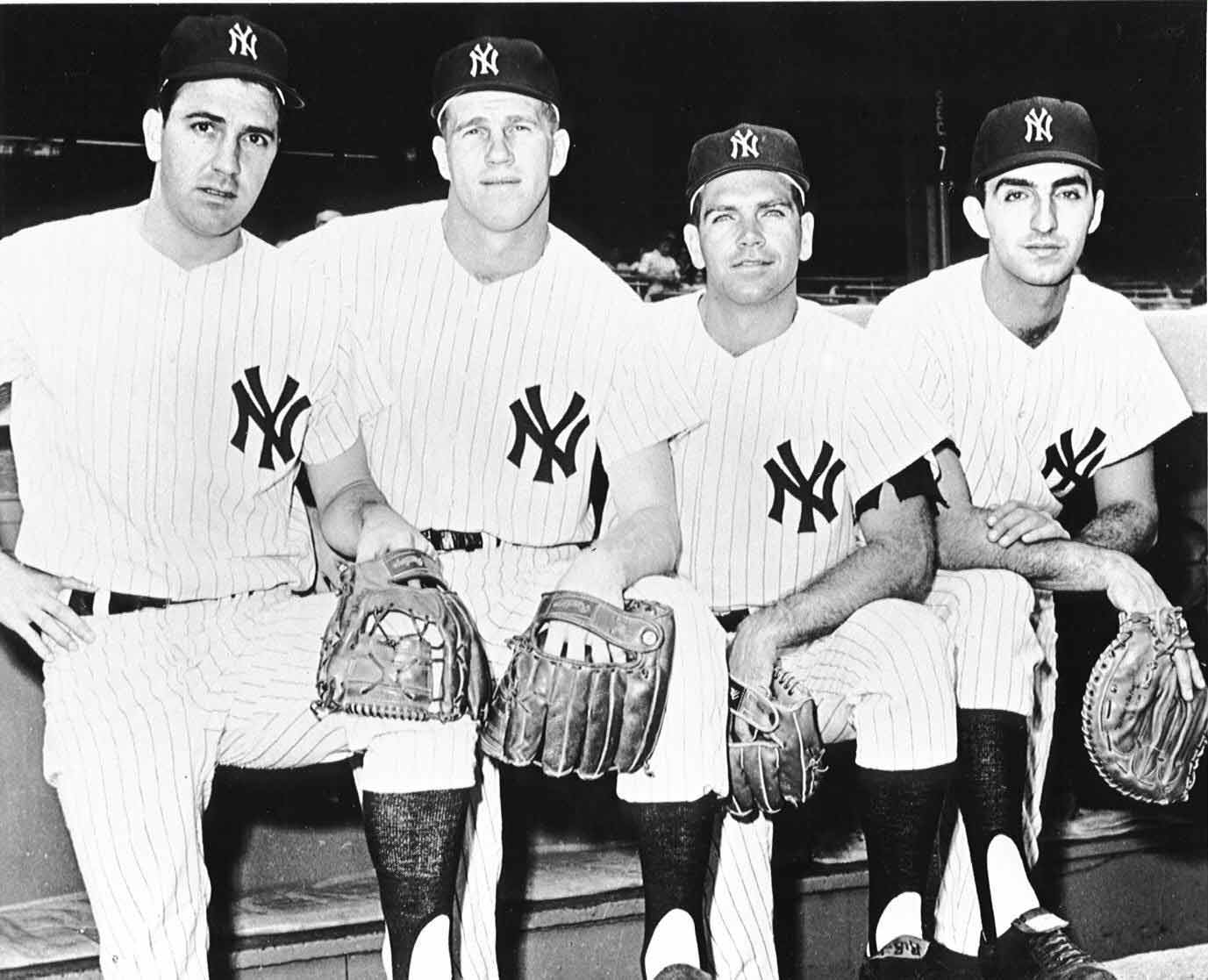
After winning the 1958 World Series Tony Kubek (second from left) was inducted into the Army Reserve and spent the next few months at Fort Leonard Wood, but was released from service just in time to start the 1959 campaign. The Yankee shortstop earned American League Rookie of the Year in 1957 and was a four-time All Star. He then transitioned to a successful career in the broadcast booth, working alongside fellow veterans Jim Simpson (Coast Guard, Naval Reserve), Curt Gowdy (Army Air Force), Joe Garagiola (Army), Tom Seaver (Marine Corps Reserve), and Vin Scully (Navy). 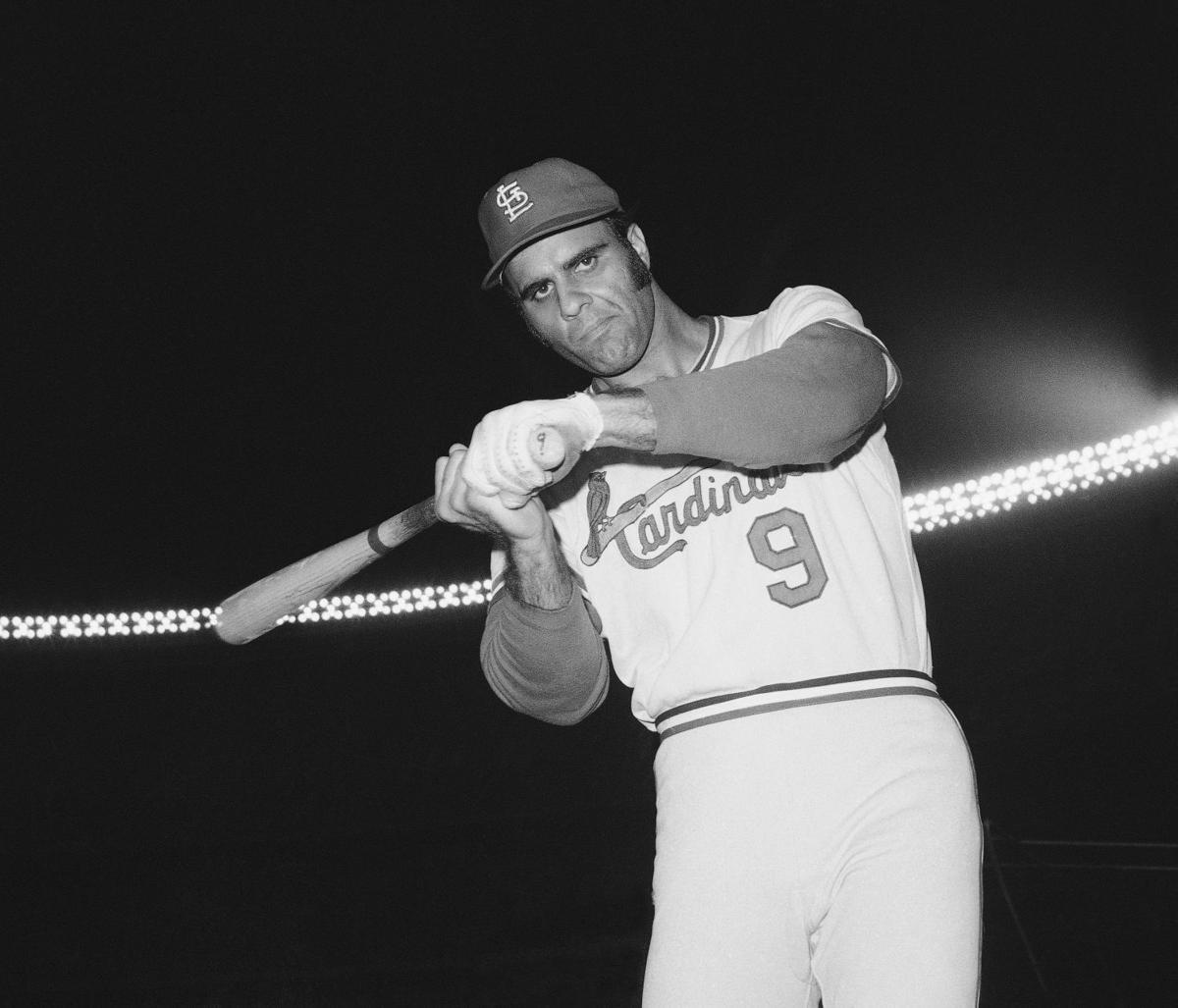
After two seasons in the big leagues — and nearly winning the National League Rookie of the year — Milwaukee Braves catcher Joe Torre joined the Air National Guard during the height of the Cuban Missile Crisis. Now in the Hall of Fame, Torre is the only player to have collected 2,000 hits and won 2,000 games as a manager. 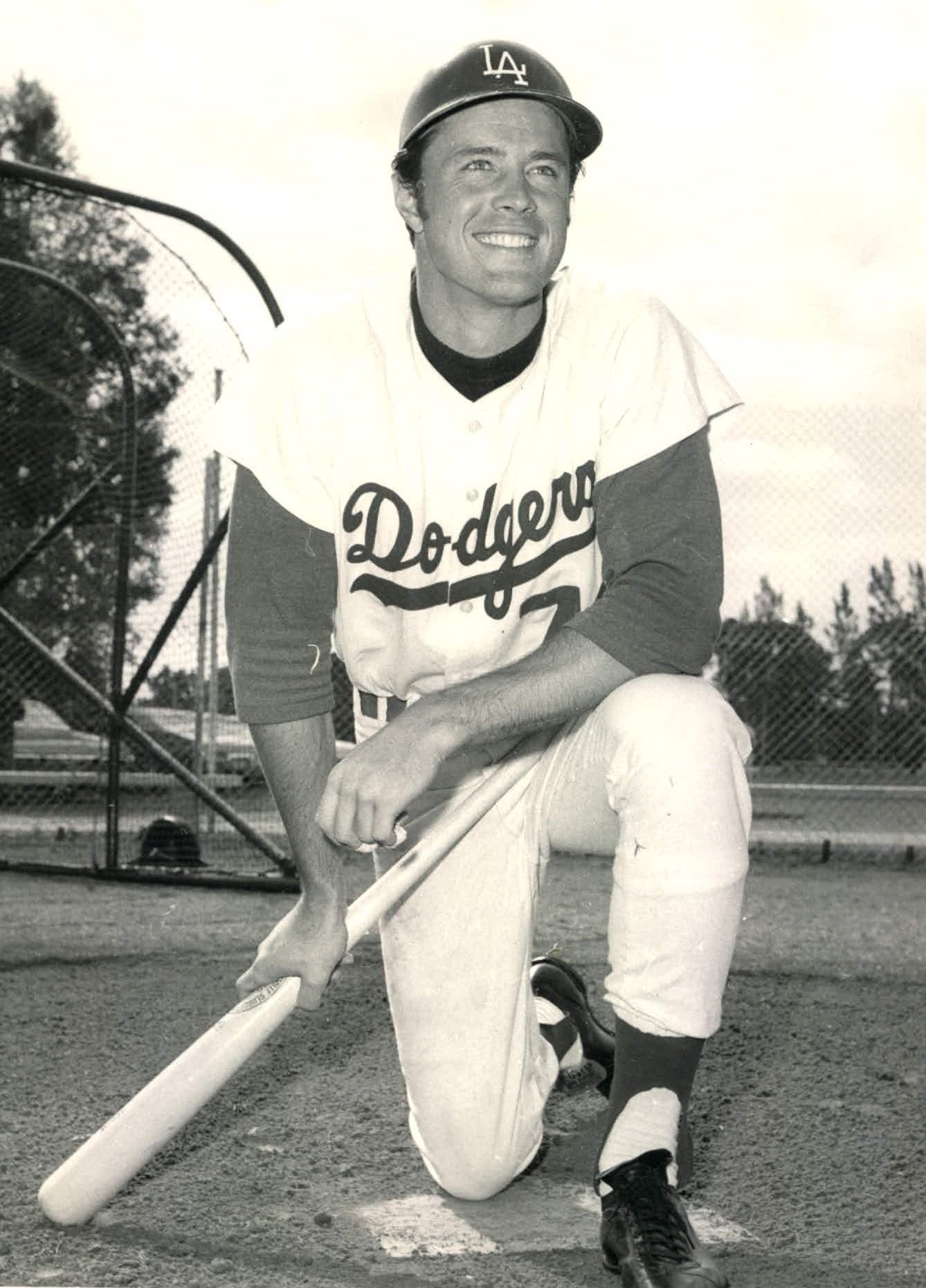
After playing eight games with the 1963 World Series Champion Los Angeles Dodgers — getting a double in his only major league at-bat — Roy Gleason was drafted and sent to Vietnam. He became the only major league baseball player wounded in the conflict when he was wounded with shrapnel from a Viet Cong attack in 1968. Gleason would earn the Bronze Star and the Purple Heart for his service. 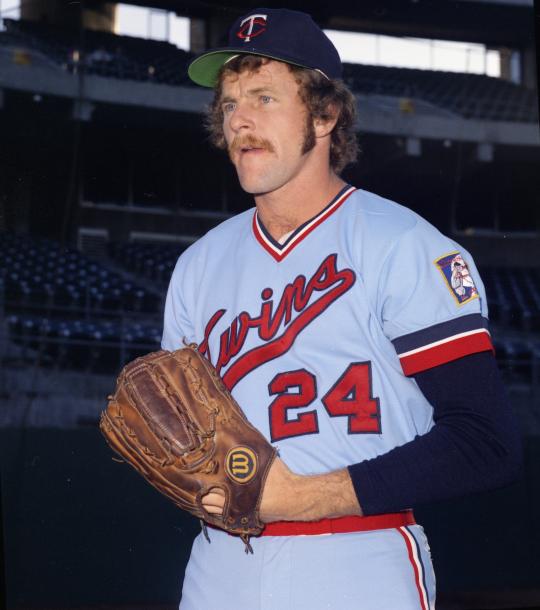
Bill Campbell somehow lost his college deferment after finishing classes at Mount San Antonio College and instead of transferring to Cal Poly, he ended up in the 101st Airborne and shipped out for Vietnam. He served as a radio operator near the Demilitarized Zone, and returned to the States after 11 months and 28 days. Signed by the Twins, he became a closer and led the American League in saves in 1977.
More players to be added shortly:
- Joe DiMaggio
- Babe Ruth
- Whitey Ford
- Ken Boyer
- Charlie Gehringer
- Cookie Lavagetto
- Larry Doby
